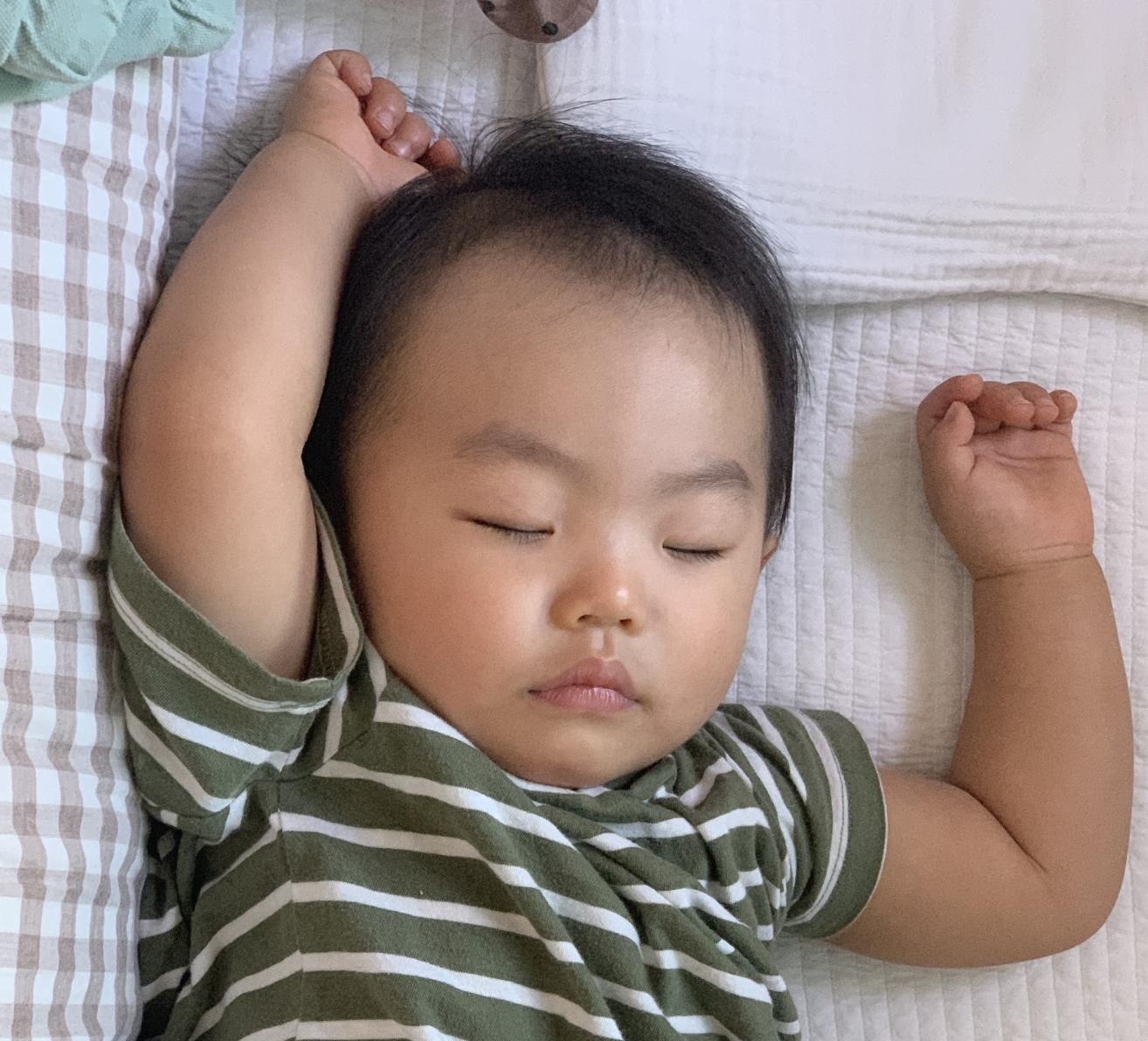The wide screen is good on our eyes -- we see the rectangular wide screen images better than the old square format. Basically, our eyes see better from left/right compared to up/down. The wide screen will also let us see more of the on-screen scene, which is great for sports and movies.
Resolution is undoubtedly HDTVs biggest selling point. HDTV's resolutions are 720p, 1080i and 1080p -- the number stands for the number of lines that create the image and the letter describes the type of scan used by the TV to display the picture.
Resolution matters because the more lines means a better picture. This is a similar concept to digital photos and how dpi determines print quality.
Which HDTV Format Is Better -- 720p, 1080i, or 1080p?
To put the 720 or 1080 lines into perspective, televisions of the past had 480 lines. Since more lines means a better picture then that alone shows why the HDTV has a nicer picture than an analog TV.
More lines is nice but don't forget about the 'p' and 'i' in the 720p, 1080i and 1080p. The letter is an abbreviation for the type of scan the TV uses -- 'p' stands for progressive and 'i' stands for interlaced.
Progressive scan is better than interlaced because it processes the images twice as fast. This faster scan rate produces better clarity and color in the on-screen picture.
The difference between 720p and 1080i is minimal but the TV industry is using 720p more than 1080i. So, buying a 720p HDTV is recommended over a 1080i HDTV.
As far as 1080p, there is no doubt that 1080p is the best resolution on the market. However, there is little to no difference in picture quality between a 1080p and 720p at the 32" and below screen size.

